Multi-Q HD CCI Testing down to 1 micron
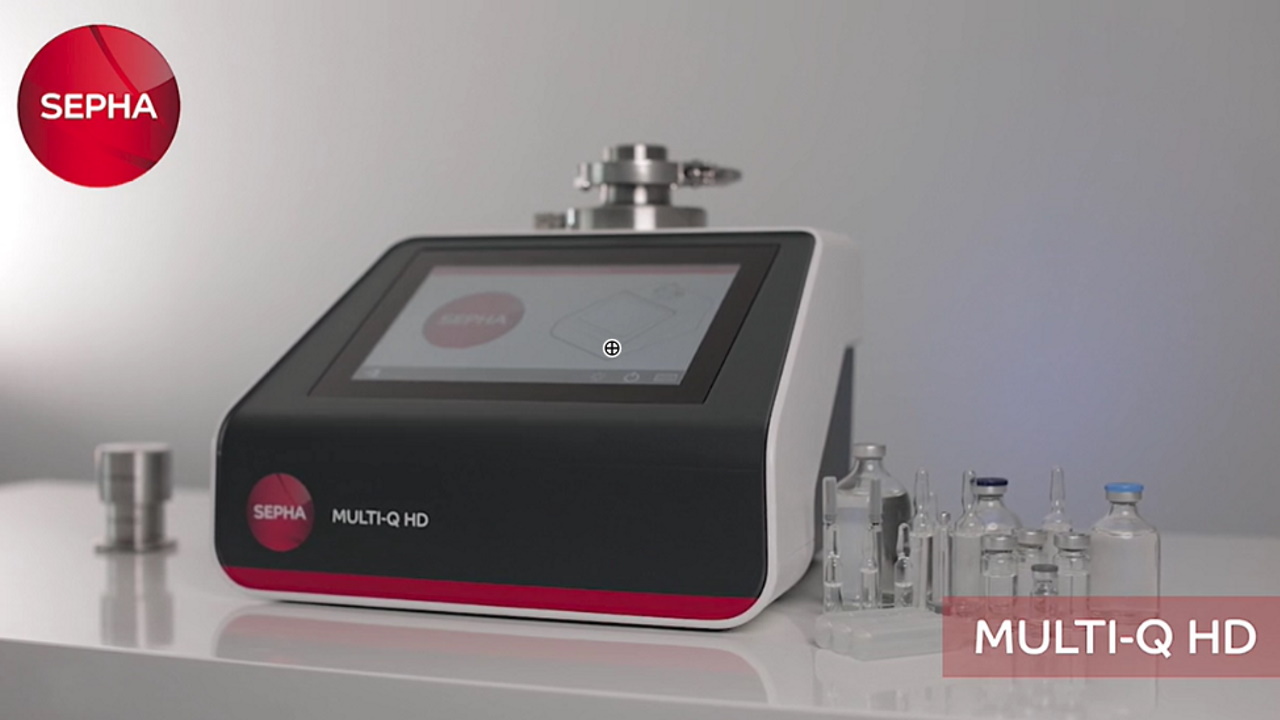
The Sepha Multi-Q HD is a non-destructive, deterministic and reliable Container Closure Integrity (CCI) test system developed to detect leaks down to 1 micron in parenteral containers.
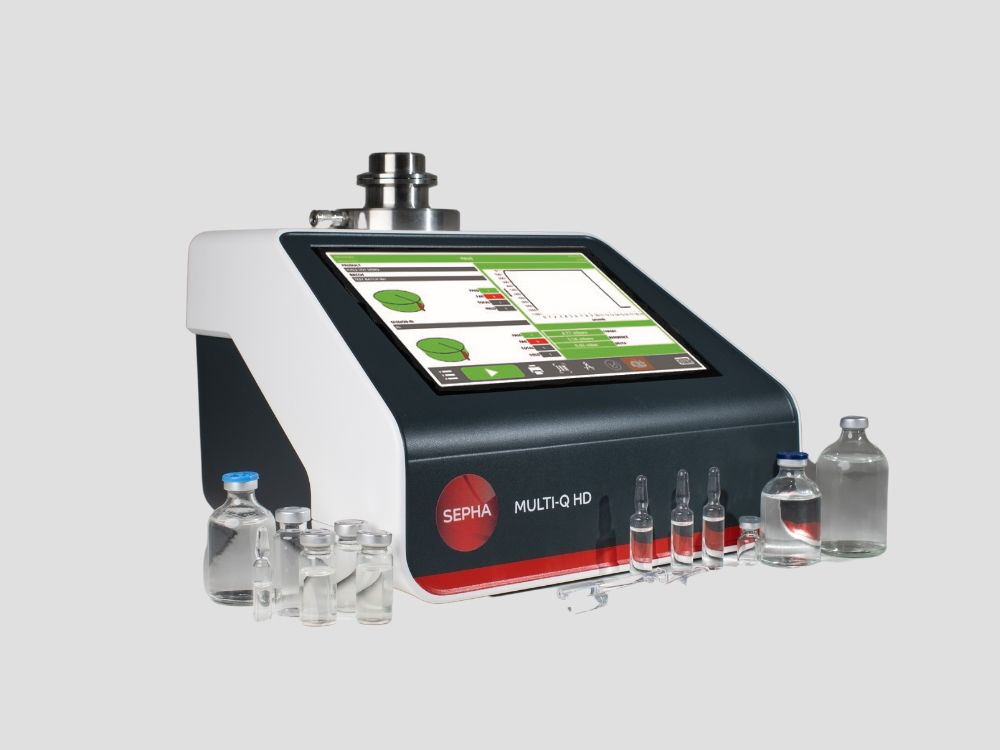
CCI testing is critical for parenteral applications as they often contain drugs that have a short shelf life and are highly sensitive to oxygen or moisture; even the smallest defect can affect sterility and efficacy of the drug. As the content is injected directly into the tissue or bloodstream, any compromised container can jeopardise patient safety. These applications often have a lower Maximum Allowable Leakage Limit (MALL) and require a higher level of sensitivity to demonstrate CCI. The Multi-Q HD has been developed to reach this sensitivity and offers a reliable solution down to 1 micron*.
The Sepha Multi-Q HD utilises vacuum decay according to ASTM F2338-09 standard test method, the FDA recognized consensus for non-destructive detection of leaks in packages by vacuum decay. The method is in line with new guidelines outlined in USP 1207 preferring deterministic and objective methods that provide reliable and repeatable results.
The vacuum decay test is a proven non-destructive, deterministic, sensitive, and reliable CCIT method to identify leaks in pharmaceutical containers. Newly developed advanced sensor technology enables the Multi-Q HD to detect defects down to 1 micron*. The ultra-sensitive technology has an improved signal-to-noise ratio that can pick up the slightest rise in pressure to detect even the smallest micron holes. The sensor is located at the point of measurement, which yields a faster response and more sensitive results.
*Dependent on container type and content
-
Features
- Non-destructive, deterministic, quantitative test method
- Identifies defects down to 1μm*
- Ideal for testing vials, ampoules, bottles, pre-filled syringes and BFS strips
containing water-based liquid - Unlimited data storage
- Utilises ASTM F2338-09 standard test method to perform the test
- In line with USP 1207
- 21 CFR Part 11 compliant
- OPC Connectivity
- Active Directory
-
Technical Spec
Container Type
Ampoules, vials, pre-filled syringes, bottles, blow fill seal strips, medical devicesMeasurement Range
Down to 1µm*Test Cycle Time
From 10 secondsOperation
Fixed tooling attachable to top of unit or via test portData Storage Capacity
UnlimitedASTM Standard
ASTM F2338-09Machine Dimensions
377mm (L) x 366mm (W) x 288mm (H)User HMI
10.1” PCAP touchscreenConnectivity
Active directory, network printing, central network storage, custom data MES/OPC connectors availableUtilities
Electrical: 24V 5A | Air Supply: Min. 200L/min at 0.6 MPa {ISO8573-1:2010 Class 2} or vacuum pumpFeatures
Flexible reports, 3x USB, 2x ethernet port, external calibrated leak port -
Vacuum Decay
How does vacuum decay testing work?
To conduct a vacuum decay test, a container is placed in a tightly fitted chamber which is evacuated to a predetermined level of vacuum. After reaching the pre-set vacuum, a sensor measures the vacuum level over a predetermined time.
If the integrity of the container under test has been compromised (it has a leak), there will
Learn more
be a rise in pressure measured inside the chamber. This will result in a) a gross leak, if the vacuum doesn’t reach the pre-set vacuum level; b) a medium leak, if the vacuum level drops below a pre-set vacuum level during the test or c) a decay or micron leak, if the vacuum level exceeds the decay limit during the test time.
Similar Products
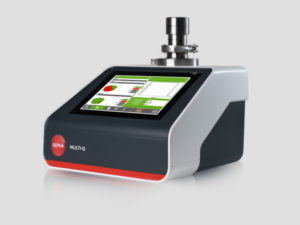
Multi-Q Vacuum Decay
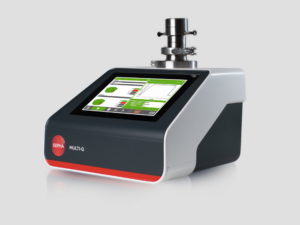
Multi-Q Pressure Decay
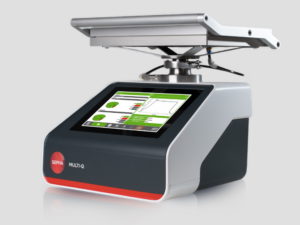
Multi-Q Flexible Membrane

Book free Multi-Q HD demo
To see a demo of the Multi-Q HD, join us in Hall 3.0, stand A48. Don’t miss out, get in touch and get your free ticket below.
